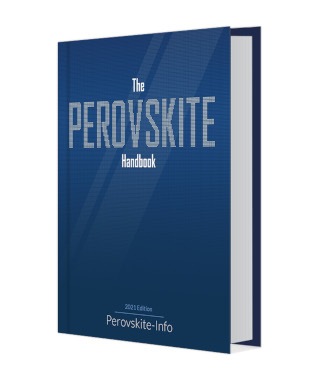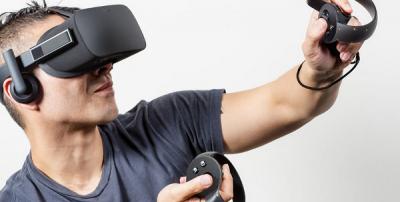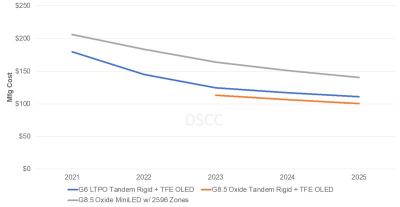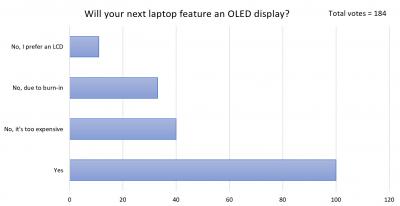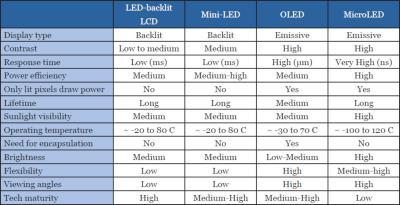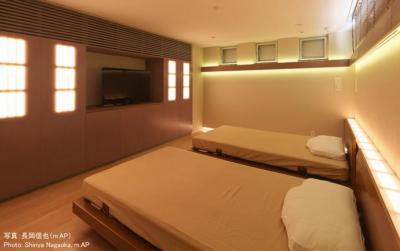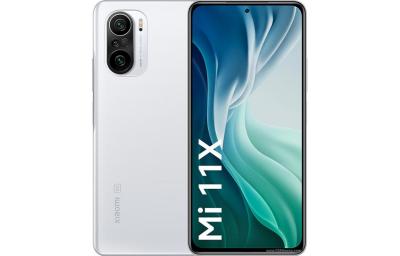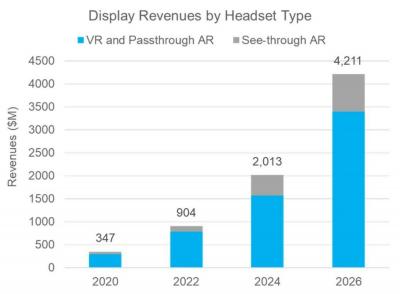Samsung's laptop OLED displays receive UL's halo-free certification
Samsung Display announced that its OLED displays for laptop applications has received 'Halo Free' verification from the safety science leader, UL, for its glare-free and sharp picture quality.

Samsung explains that LCD displays suffer from light-blurring which occurs when the outline of a bright subject appears white on an image with sharp contrast. This is because even with local dimming, LCDs cannot adjust the backlight brightness exactly on the edge. OLEDs, with their self-lit pixels, do not suffer from this.


